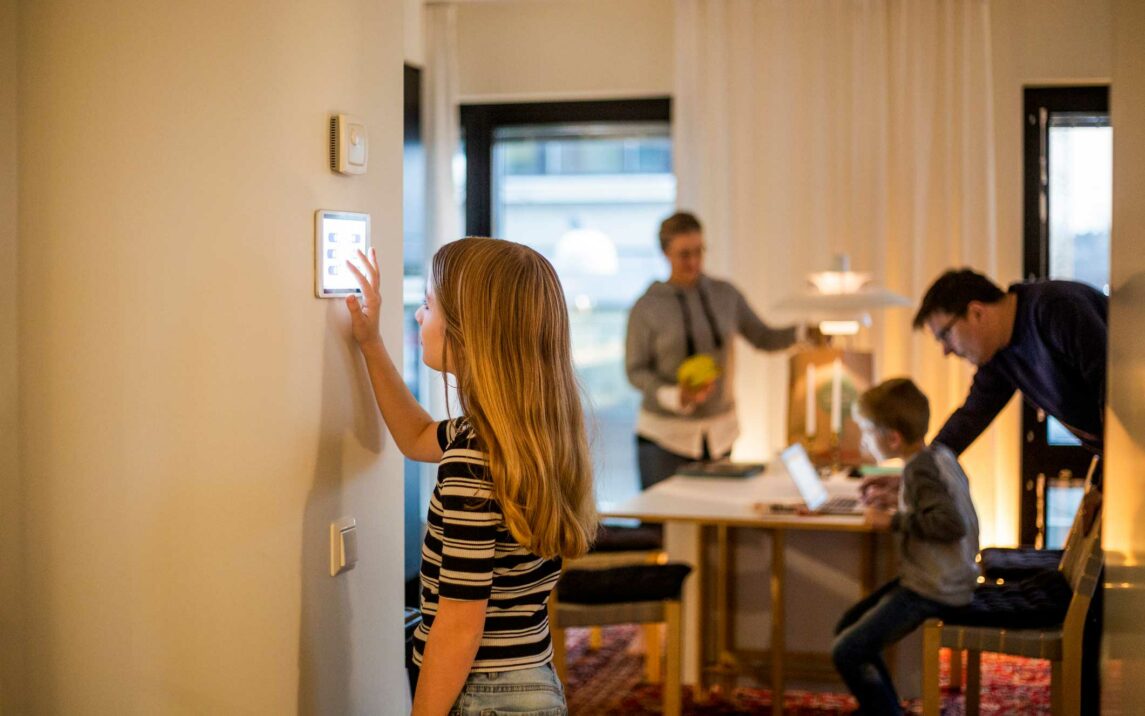Highlight

Successful together – our valantic Team.
Meet the people who bring passion and accountability to driving success at valantic.
Get to know usThis website is also available in your language.
About
Highlight

Successful together – our valantic Team.
Meet the people who bring passion and accountability to driving success at valantic.
Get to know usAbout
Highlight

Successful together – our valantic Team.
Meet the people who bring passion and accountability to driving success at valantic.
Get to know usOur mission: Digital excellence for our customers.
With in-depth know-how, clear values, and a vibrant corporate culture, we shape digital transformations that make a real impact.
Careers
Careers
Highlight

Female Digital Impact
Women are increasingly shaping the IT industry – at valantic, we create opportunities together and promote talent so that diversity becomes a strength.
Turn your vision into realityCareers
Highlight

Female Digital Impact
Women are increasingly shaping the IT industry – at valantic, we create opportunities together and promote talent so that diversity becomes a strength.
Turn your vision into realityCareers at valantic – making a difference together.
Are you looking for a professional environment with challenging digital projects for renowned clients? You're in the right place.
Personalized ventilation recommendations
At valantic, we use pattern recognition to significantly improve indoor air quality in homes. By analyzing algorithm-based data, we provide personalized ventilation recommendations tailored to the residents’ needs.

Challenge
A research project investigated how sensor-based monitoring and algorithmically derived ventilation recommendations can improve indoor air quality.
Consulting approach
The pilot solution, an algorithm-based process, analyzes temperature and humidity data to provide residents with behavioral recommendations.
Client benefits and solution
The pilot solution was installed in 50 residential units and successfully influences ventilation behavior.

The Challenge in Detail:
As part of a research project, we wanted to investigate how the ventilation behavior of apartment or house residents can be influenced by sensor-based monitoring of indoor air quality and algorithmically derived ventilation recommendations. Regular and correct ventilation contributes significantly to improving indoor air quality and thus to maintaining the value of residential buildings.

Consulting Approach:
By designing, developing and implementing a pilot solution, valantic is making an important contribution to energy-efficient living. The solution integrates sensor technology, communication interfaces, and a cloud backend to enable real-time processing of measurement data.
The core of the solution: the algorithm-driven process for pattern recognition. Based on the comparison of temperature and humidity levels indoors and outdoors, behavioral recommendations are given. This provides residents with important information on whether the room needs to be aired or whether the windows should be kept shut.

Solution and Client Benefits:
valantic’s pilot solution for energy-efficient ventilation behavior has already been installed in 50 residential units. The collected data allows for the analysis of the impact of ventilation recommendations on residents’ behavior over two heating periods. The scientific evaluation of this project has been ongoing since the summer of 2018.